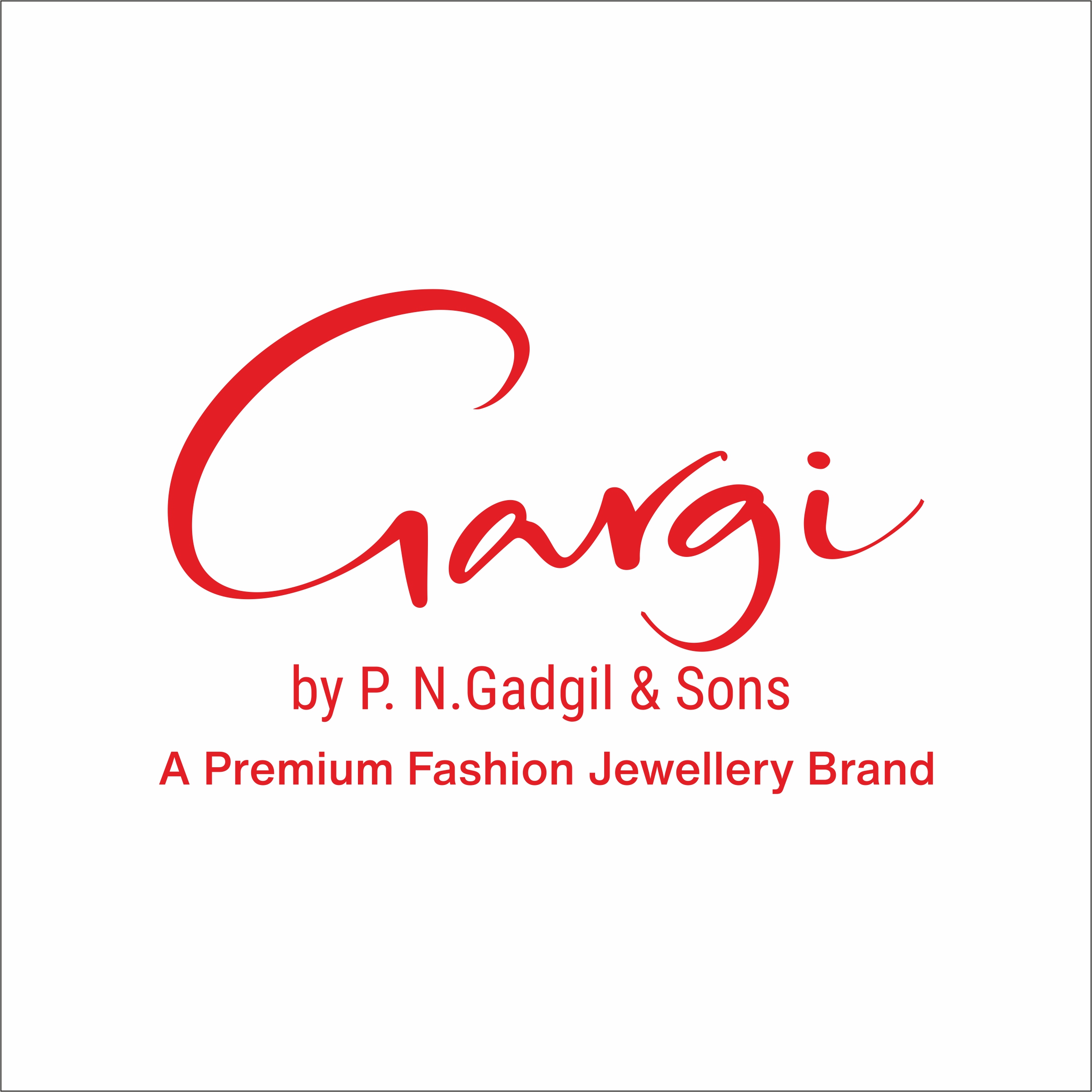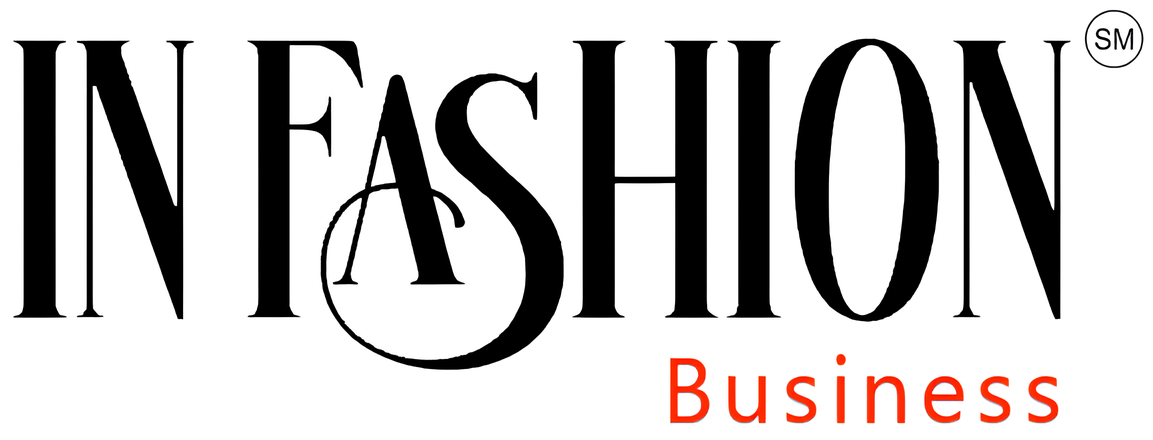FASHION JEWELLERY GENDER NEUTRAL TECHNOLOGY ONLINE SHOPPING
INDIA
April 14, 2023 | 824 9 minutes read
By Aditya Modak, Co-founder/ CEO, Gargi by P N Gadgil & Sons
India is one of the oldest and most popular countries producing and exporting different forms of jewellery. Be it gold, silver, diamond, or brass, we have always been the go-to place in the world. It is no surprise that the jewellery industry has so far contributed approximately 7-7.5 percent to the country’s overall GDP in the period 2021-23.
If you notice, jewellery is an extension of our personality and a means of expressing our character. Thus, the jewellery market has always had a crucial role to play in our life, as well as the economy. But being a fast-growing and dynamic industry, significant changes in the market are constantly underway, ultimately impacting the trends and demand.
The present reality and key anticipations
In the past three to four years, with the onset of the COVID-19 pandemic, the situation has altered for jewellery players and their customers. As an industry known for multi-generational ties, lakhs of traditional jewellers and retailers still experienced significant ups and downs amidst the pandemic. The business-to-business (B2B) and business-to-consumer (B2C) buying habits, too, have evolved. Unlike other sectors, the jewellery industry took longer to recover and embrace the new normal. But amid all the chaos, the industry can finally see a silver lining.
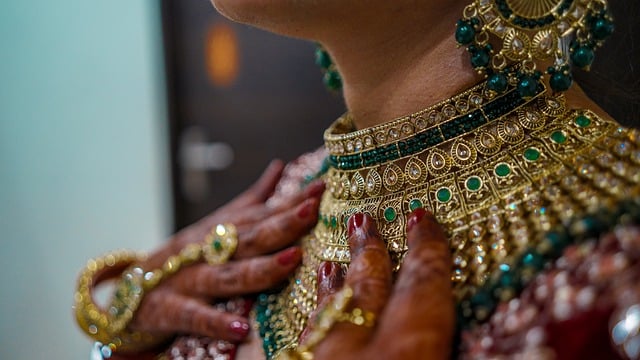
In 2020, the jewellery industry was estimated at INR 5.63 trillion and employed nearly 5 million people. The scenario has changed, and the market is expected to reach INR 6.6 trillion by the end of 2023. Employment in the industry is also likely to reach 8.23 million to cater to the rising demand. The demand for products is growing at a CAGR of 5.60 percent in the ongoing year after a brief slump. Add to this the fact that more and more retailers are willing to expand their offerings and change customer needs favouring new jewellery designs, metal variety, and sustainable pieces that can be passed on to future generations. Let us dive deeper into this and understand the upcoming trends in this industry.
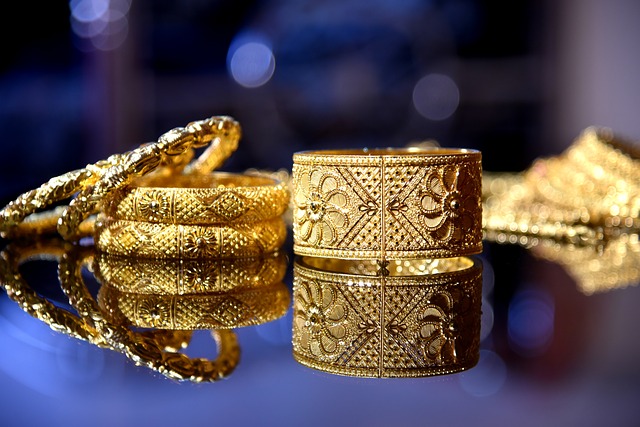
Jewellery industry trends and insights
1-Preference for fashion jewellery
The skyrocketing prices of gold and diamond have encouraged consumers to embrace relatively-affordable silver, brass and antique jewellery. Given this trend, jewellery brands are introducing new product lines in the said categories to attract new and younger audiences. Metals like silver and brass allow for the designing of simpler, sleek and lightweight pieces, swiftly becoming a bridal favourite in the Indian market. This newly emerged celebration jewellery mind-set to fulfil one’s need for special occasions without digging a deep hole in the pocket has also added to the demand.
.jpg)
2-All-things personalized
Due to the increased demand for unique creations, most retailers and jewellery brands have started designing jewellery pieces from scratch, depending on customers’ preferences. Advanced technologies like 3D printing enable the option of customization in both the top-end, as well as mid-market categories. A possibility like this has helped jewellery players to instantly connect with the customers and induce their emotions behind the jewellery choice at the right time. Moreover, as customization involves an exchange of conversation, offering a service has become more noticeable and valuable, leading to repeat purchases and positive word-of-mouth.
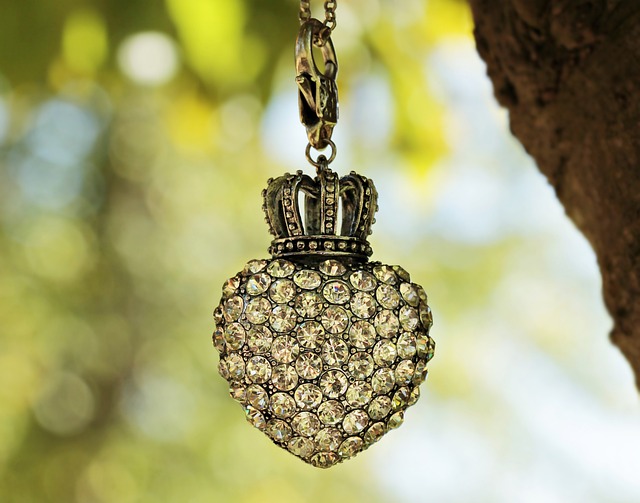
3-The embracement of gender neutrality
Creating products and services that cater to gender neutrality is fast becoming a common practice in recent years, including in the jewellery industry. From rings and chains to earrings and bracelets, jewellery brands leave no stone unturned to break boundaries in jewellery trends. While specific jewellery for men and women has always existed, to some degree, if not in equal proportion, more unisex pieces are being designed so all genders can don that. Among others, this welcoming trend is here for the better.
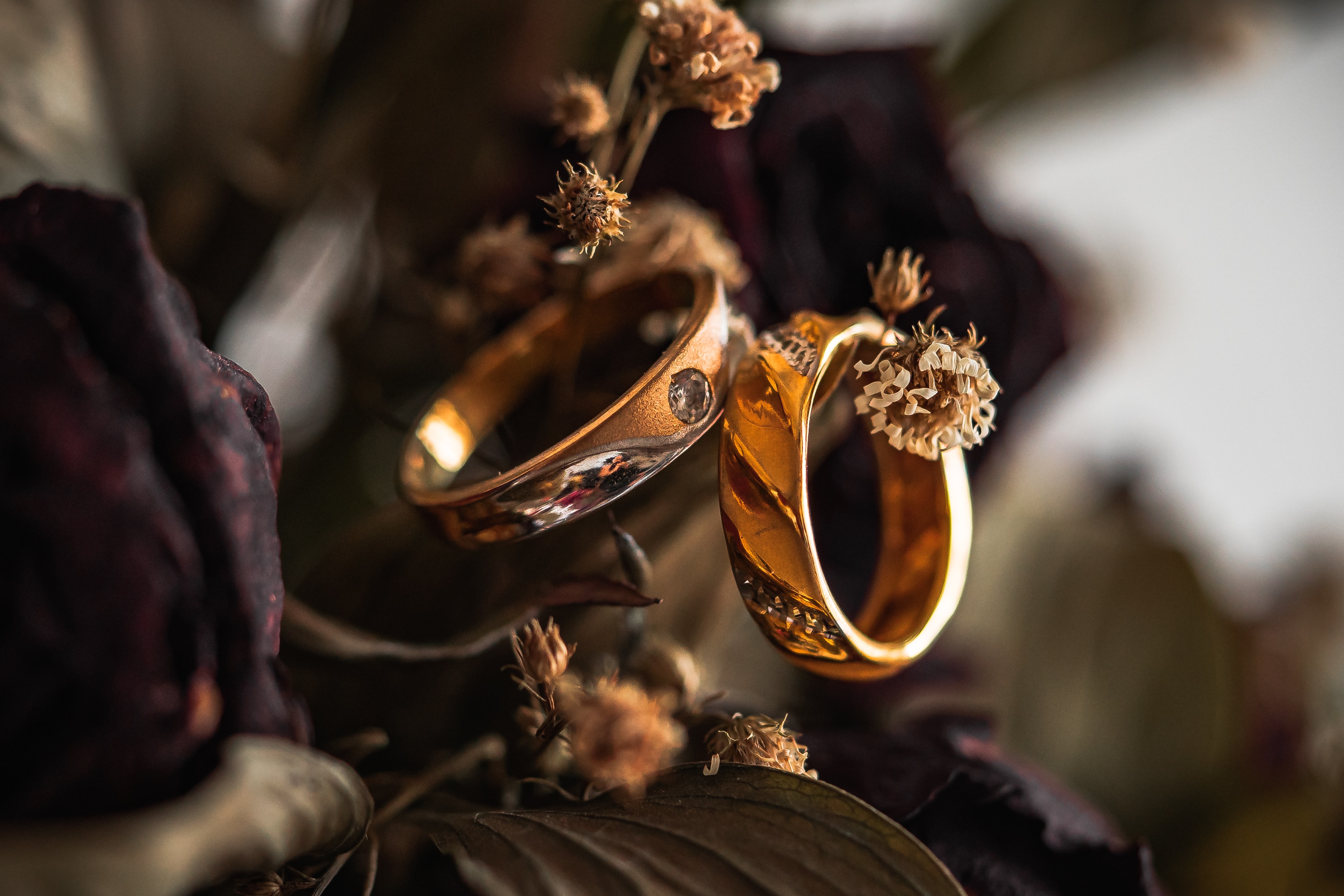
4-The entrance of technology
Modern-day gold, silver, brass, bronze, and copper jewellery is being created using lost-wax printing and casting. This new-age technique integrates with 3D printing technology and traditional metal casting, ultimately saving the cost and labour for buyers and sellers. Moreover, when jewellery brands adopt such technologies, it allows customers to participate in every stage of creation. This makes the process of jewellery shopping exciting, personal, and experiential. Not to mention, the end products are far more versatile, customized and intricate.
5-Increasing use of social media and online shopping
Until now, consumers have sought their jewellery shopping from brick-and-mortar stores, as they were perceived as more reliable and offered a chance to touch and feel products. But times have changed, and brands and consumers are leveraging digital media as a platform to buy and sell products or services. From Amazon and Flipkart to Instagram and Facebook, shoppers of today’s times are turning to these online platforms way before checking a physical store and have become comfortable shopping for jewellery online. It is no wonder that every brand is investing heavily in social media marketing not just for promoting or selling their offerings, but also to convey information, shape brand identity, and build customer relationships. We anticipate this trend to surge at a quick pace.
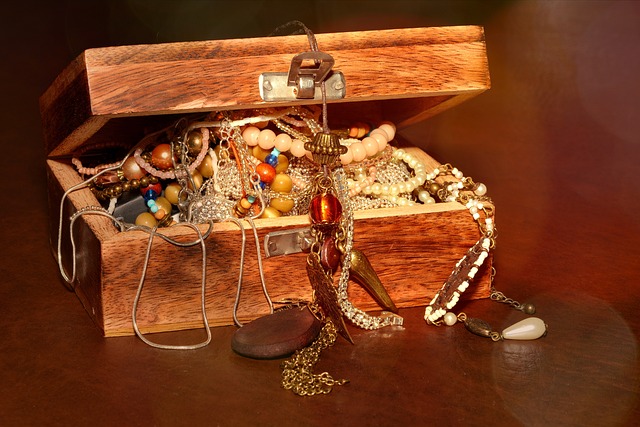
The jewellery market is set to witness a never-seen-before gush of product variety, leading to a spike in sales. The market heavily driven by the wedding sector until now is about to see a significant shift. Consumers’ preferences are changing, and the occasions, too, have advanced from family events to everyday events like coffee dates, girls’ night out, and workplace meetings. And while history gives a glare of hope, the trends mentioned above, coupled with technological intervention in the industry, also show potential for the future.
In a way, millennials are responsible for bringing about this change and opening up the Indian jewellery market to global trends. Ethical brands, sustainable jewellery pieces, an inclination for minimalism, and more significant usage of digital technologies will dominate this industry and change the landscape forever.
.jpg) |
Aditya Modak, Co-founder/ CEO, Gargi by P N Gadgil & Sons
Aditya is an experienced professional in finance, marketing, and sales professional with over nine years of expertise in working at the CXO level at PNG & Sons Private Limited with proven mettle in technical and people management. He is a chartered accountant by profession. He graduated from the Institute of Chartered Accountant of India. He is also a CS from The Institute of Company Secretaries of India. |
Gargi by P N Gadgil & Sons Founded in December 2021, Gargi, is a Pune-based jewellery company that believes in bringing out the best in a woman’s personality. The vision of Gargi is to make a woman feel beautiful by giving her a wide range of choices that she likes and dressing her beautifully for any occasion. At Gargi, the uniquely crafted jewellery pieces are not just decorative but also tell a tale, attempting to craft original stories for each one. Gargi deals in 92.5 percent certified sterling silver jewellery and best quality brass jewellery. The products are partly manufactured by artisans who work exclusively for Gargi and partially purchased from others. In addition to this, it has several freelance designers to help keep designs relevant. The company wants to become one of the world’s most prominent trendsetters in the fashion jewellery segment. In the future, Gargi aims to set up its POS at various malls and airports across the nation. PNGS Gargi Fashion Jewellery is coming out with an initial public offering (IPO) of 26,00,000 equity shares of face value of Rs 10 each for cash at a fixed price of Rs 30 per equity share.
